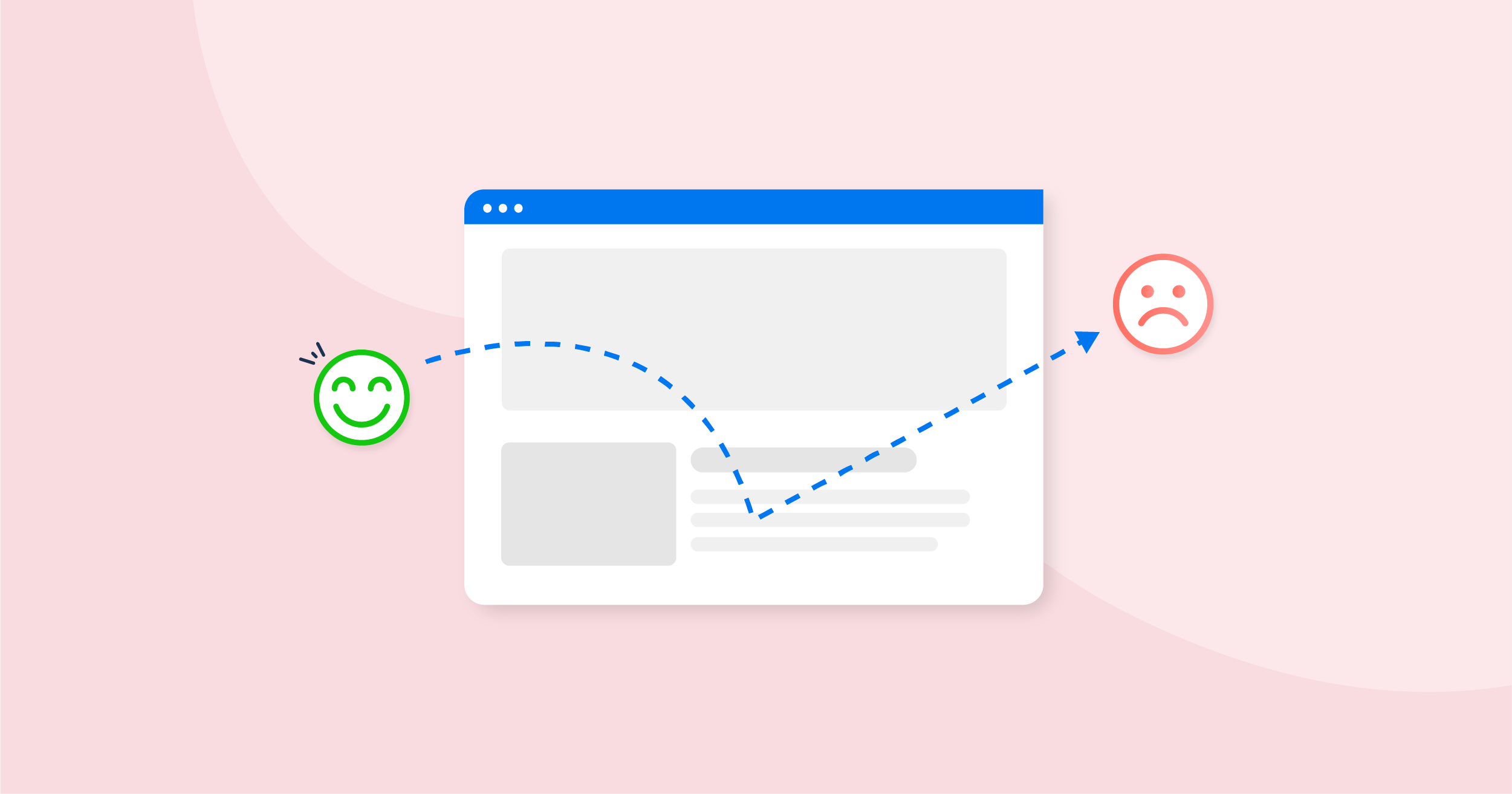Email bounce is a common issue that email senders encounter, leading to the failure of their messages to reach the intended recipients. It can be frustrating and hinder effective communication. In this comprehensive guide, we will explore the causes of email bounce, differentiate between soft and hard bounces, and provide effective solutions to resolve bounce-related issues. By understanding these causes and taking proactive measures, you can improve email deliverability and ensure successful communication.
What is Email Bounce?

Email bounce occurs when an email fails to reach its intended recipient and is returned to the sender. This bounce is typically accompanied by an error message from the recipient's mail server, providing insights into the reason for the bounce. Understanding the causes of email bounce is crucial for diagnosing and resolving delivery issues.
Common Causes of Email Bounce
There are several common causes of email bounce:
- 1. Invalid or Non-Existent Email Address: One of the primary causes of bounce is an invalid or non-existent email address. It could be due to a typo in the address, the recipient having changed their email address, or the email domain no longer being active.
- 2. Full Mailbox: If the recipient's mailbox is full or exceeds its storage limit, incoming messages will bounce back. This often happens with inactive or neglected email accounts.
- 3. Server Issues: Temporary server issues on either the sender's or recipient's side can cause email bounces. This includes server downtime, maintenance, or other technical problems that prevent the successful delivery of emails.
- 4. Spam Filters: Aggressive spam filters can sometimes misclassify legitimate emails as spam and reject them, resulting in a bounce back to the sender.
- 5. Blacklisting: If the sender's email domain or IP address is blacklisted by the recipient's mail server or a spam monitoring service, emails from that domain will be blocked and bounced.

Differentiating Soft and Hard Bounces
When an email bounces, it is categorized as either a soft bounce or a hard bounce. Understanding the difference between these two types is essential:
- Soft Bounce: A soft bounce is a temporary delivery failure. It occurs when the email is rejected temporarily and may be delivered successfully in subsequent attempts. Soft bounces are often caused by issues such as a full mailbox, a temporary server problem, or the recipient's email server being temporarily unavailable.
- Hard Bounce: A hard bounce is a permanent delivery failure. It occurs when an email is rejected outright and cannot be delivered. Hard bounces are usually caused by issues such as an invalid email address, a non-existent domain, or the recipient's email server blocking the sender's domain or IP address.

Resolving Email Bounce Issues
To resolve email bounce issues effectively, consider the following steps:
1. Verify Recipient Email Addresses: Ensure that the email addresses of your recipients are accurate and up to date. Double-check for any typos or missing characters.
2. Cleanse Your Email List: Regularly review and update your email list to remove invalid or inactive email addresses. Use an email verification tool to validate the addresses and identify potential bounces.
3. Monitor Bounce Rates: Keep an eye on your bounce rates to identify any trends or recurring issues. High bounce rates may indicate underlying problems that need to be addressed.
4. Improve Email Content: Pay attention to your email content and formatting. Avoid using spam trigger words or phrases that might trigger aggressive spam filters. Optimize your email design and structure to improve deliverability.
5. Authenticate Your Emails: Implement email authentication protocols such as SPF (Sender Policy Framework), DKIM (DomainKeys Identified Mail), and DMARC (Domain-based Message Authentication, Reporting, and Conformance) to verify the authenticity of your emails and increase their chances of successful delivery.
Conclusion
Email bounce can significantly impact the effectiveness of your email campaigns and communication efforts. By understanding the common causes of bounce and taking proactive measures to resolve them, you can improve your email deliverability, enhance communication with your recipients, and achieve better results from your email marketing initiatives. Implement the recommended solutions discussed in this guide and optimize your email practices to minimize email bounce and maximize the success of your email campaigns.



